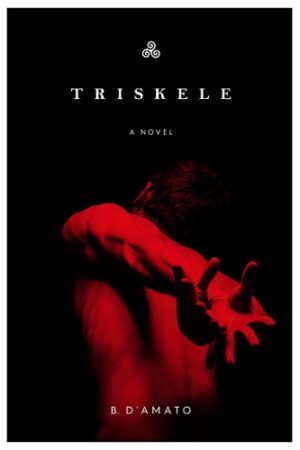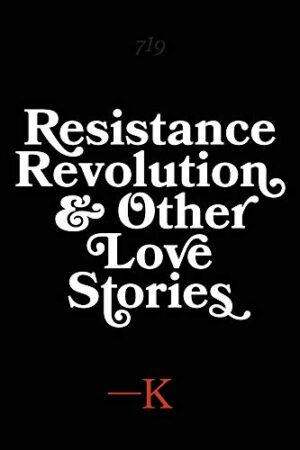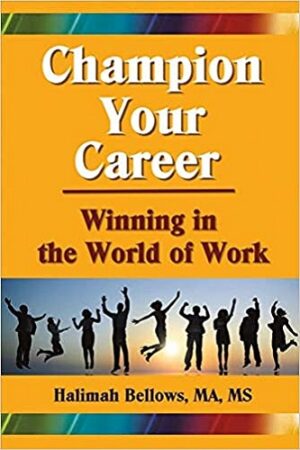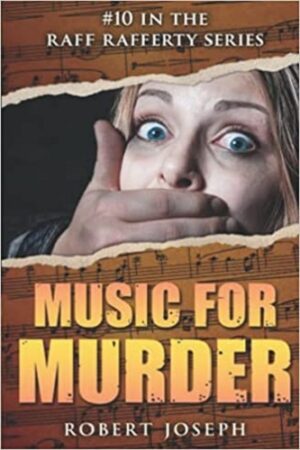Psychoanalysis is a field of talk therapy that seeks to understand unconscious mechanisms that drive human behavior. It is a practical and interactive modality in which I practice full-time. In 1989 I opened my office in Bay Ridge, Brooklyn. After completing analytic training in 1999, I took a second space near Union Square in downtown Manhattan. The therapeutic process engages me with individuals, groups, and, children throughout each day; it is the talking cure. When individuals speak about their conflicts in an emotionally meaningful way, they come to understand themselves better and often make better conscious decisions.
On the faculties of The Center for Modern Psychoanalytic Studies and The New York Graduate School of Psychoanalysis, I teach theoretical and clinical aspects of psychoanalysis. I write when I am not working with patients, or teaching, and, supervising candidates.
Writing and psychoanalysis are intimately linked. The two disciplines strive to understand what makes people do the things they do. Motivation lies at the heart of psychoanalytic treatment, and, creative writers know only too well the driving forces of their fictional characters.
When I first began to write professional papers, I focused on clinical material. “Defensive meaning in a schizophrenic patient’s preoccupation with other therapists”; “Emotional communication resolving a resistance to feeling hate”; “Teaching modern psychoanalysis: Technique in the classroom”. My interest in a connection between the motivating forces in authors demonstrated through the literary characters they create, led me to write papers about Robert Louis Stevenson, “Jekyll and Hyde: A literary forerunner to Freud’s discovery of the unconscious”; Mary Shelley, “Mary Shelley’s Frankenstein: An orphaned author’s dream and journey toward psychic integration”; and, Samuel Beckett, “Preoedipal longing and the dreamscape of Beckett’s Waiting for Godot”. My dissertation explored unconscious driving forces in the dreams of adopted women. Hence, my following papers meandered in that direction: “Adoption: Perspectives and fantasy”; “Aggression in dreams: Intersecting theories – Freud, modern psychoanalysis, threat simulation theory”; “Writer’s dreams”.
Recently, I forged into fiction writing. It feels like a natural progression of the work I have done for over 30 years.
My first published fictional work, Triskele, is a story of three intimately involved young people whose lives intersect with themes of abandonment, loss, and, longing. This triad creates the foundation for a disturbing psychological tale.
Writing may be the opposite of practicing psychoanalysis, or, another aspect of the same thing, as understanding human nature underlies each field. In my treatment room, I meet people who report repetitive struggles. Over time, conflicts and unknown desires become apparent. We work together to achieve a comfortable balance between what each individual wants and what stops them from achieving their goals, so an optimal level of mental health can be attained. In my manuscript, I have created fictional characters that behave in such ways that their internal conflicts and opposing impulses are apparent. Their words, actions, sexual preferences, and, desires allow us to analyze their innermost longings.
Perhaps psychoanalysis and writing are two ends of the same proverbial cigar.














Reviews
There are no reviews yet.